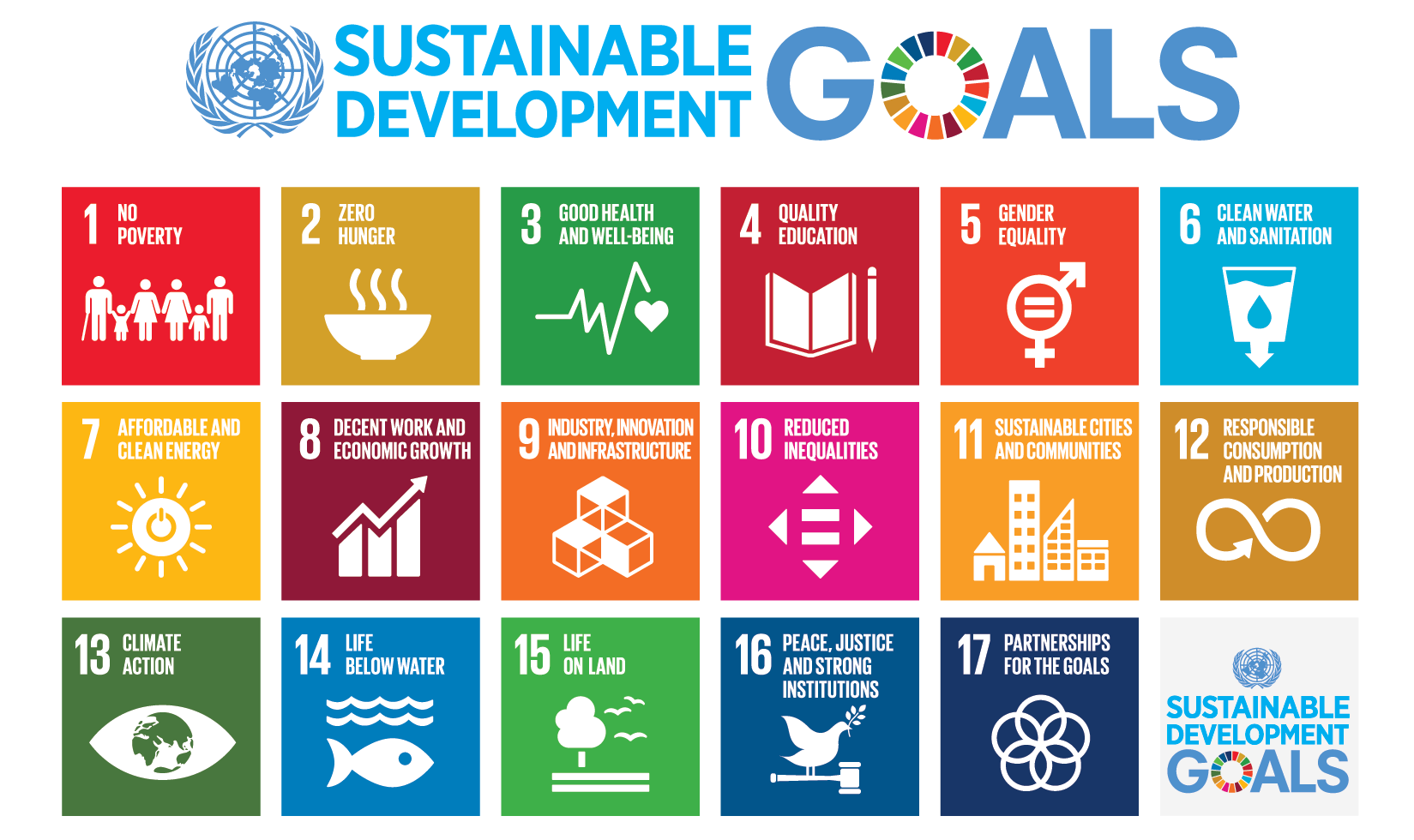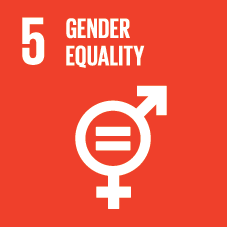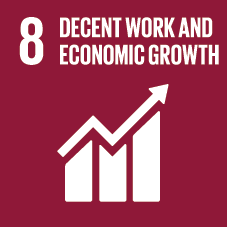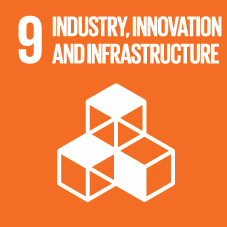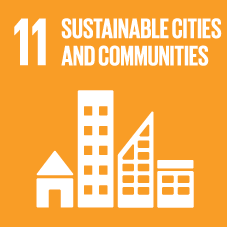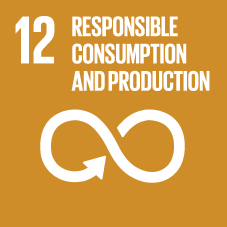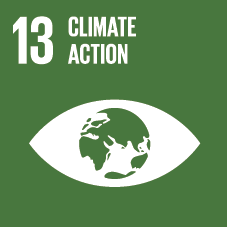Kremmen
Sustainable forest management north of Berlin
We maintain a 20,000 m² pine forest in the Beetz district near Oranienburg and Neuruppin (approx. 40 minutes’ drive from Berlin). The forest is around 55 years old and well developed. It is characterized by healthy stands and is suitable for both forestry use and further development for nature conservation purposes.
The clearly defined property is located in a larger forest area with well-developed forest roads, which are operated by the Federal Forestry Agency, among others. There are no indications of contamination, pest infestation, or wildlife damage.
Our goal is to maintain and develop the property in a sustainable manner. Various management approaches are conceivable, which we will pursue over time.
land area:
20.000 m²
tree species:
Pine
location:
16766 Kremmen-Beetz
Sustainability & Education:
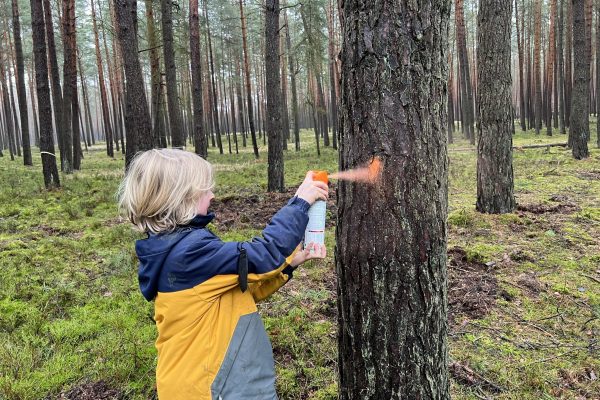
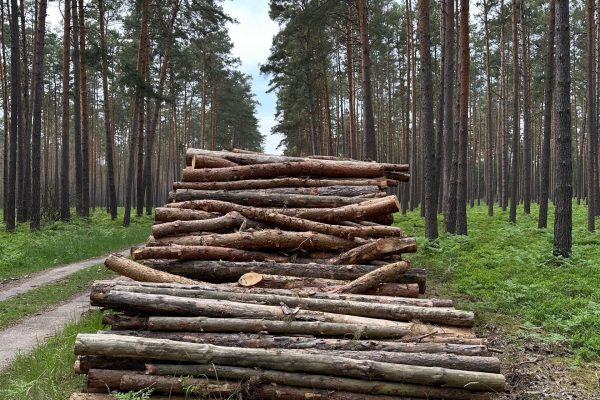
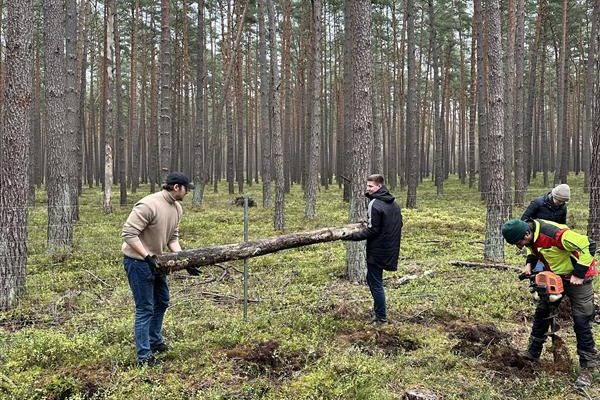
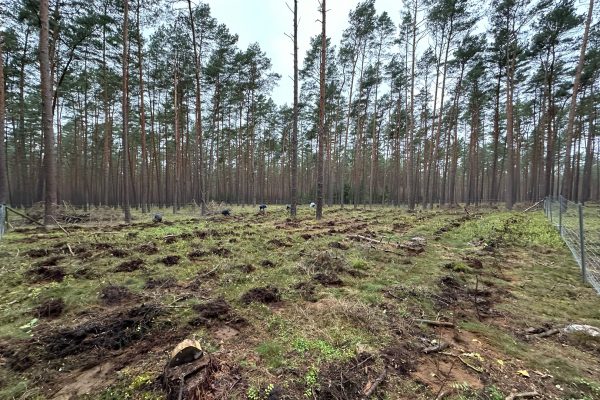
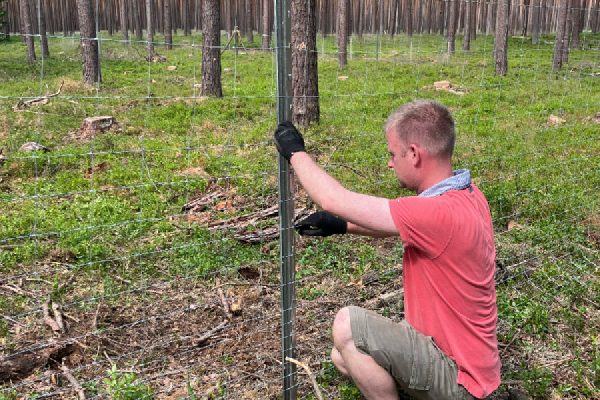
CONTACT
Johannes Nöldeke
Partner
INBRIGHT Development GmbH
Erasmusstraße 14
10553 Berlin
Tel.: +49 30 403 686 2-0
E-Mail: jn@inbright.de
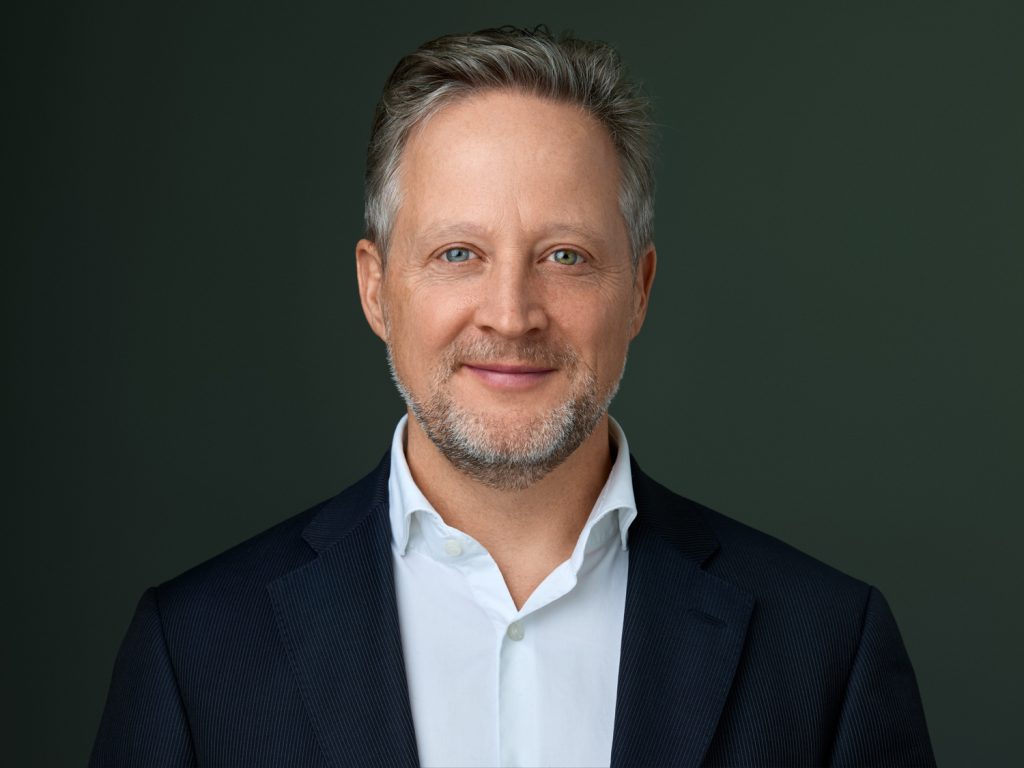
CONTACT
Mehdi Ahmito
Project assistent
INBRIGHT Development GmbH
Erasmusstraße 14
10553 Berlin
Tel.: +49 30 403 686 2-0
E-Mail: ma@inbright.de


